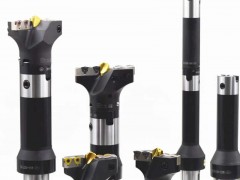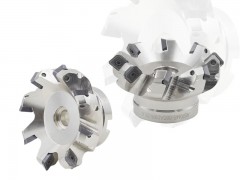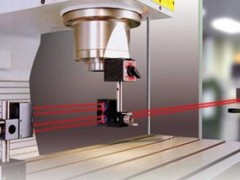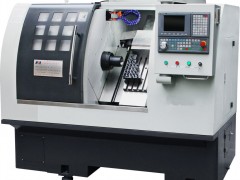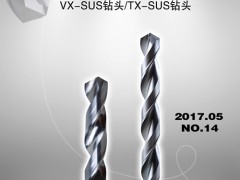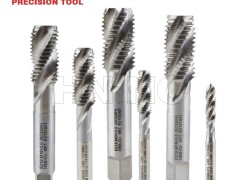First of all, I will tell you the main content of today: the choice of mold processing milling cutter!
In the forming and manufacturing of modern molds, due to the complex structure of the mold and high precision requirements, the profile characteristics and materials of different parts are quite different, so the mold processing milling cutters used are also different.
Mold processing procedures can be divided into rough machining, semi-finishing and finishing, and sometimes even super finishing. Indexable tools are generally used for roughing and semi-finishing processes, and integral tools are used for finishing processes.
When the mold cavity is a complex three-dimensional curved surface, the machining efficiency of profiling milling is higher, and it is especially suitable for rough machining of the cavity. Commonly used mold processing milling cutters in profile milling include ball end mills, solid carbide ball end mills and so on. The following table compares these four commonly used profiling milling cutters in consideration of cutting stability, cost productivity and other aspects.
Next, we will popularize a few problems that should be paid attention to when machining the surface
(1) Rough milling
Pursuing the material removal rate per unit time, according to the margin given by the processed surface, the mold processing milling cutter should be used for milling layer by layer according to the contour surface, which is highly efficient. Small molds are mostly processed by integral end mills, and large molds are recommended to use insert-type indexable milling cutters in consideration of their economy and processing efficiency.
(2) Semi-finishing milling
To make the machined surface closer to the theoretical curved surface, a ball-end milling cutter can be used, generally leaving a machining allowance of about 0.5 mm for the finishing process.
(3) Finishing
Machining a theoretical surface. Generally use integral mold processing milling cutter or ball end milling cutter. When using a ball-end milling cutter to finish machining a curved surface, the line cutting method is generally used to appropriately increase the spindle speed, select an appropriate turning point, and reduce the tool mark caused by pause and vibration.
(4) Avoid vertical cutting
A good way is to feed the tool diagonally downward, and then use the side edge to cut laterally after reaching a certain depth. When milling the groove surface, the process hole can be pre-drilled for cutting.
(5) In the milling of curved parts, if abnormalities such as poor heat treatment, cracks, and uneven organization of the parts are found, the processing should be stopped in time to waste man-hours.
(6) The machine tool, fixtures, and mold processing milling cutters should be properly inspected before starting milling every time, so as to avoid failures in the middle, affecting the processing accuracy, and even causing waste.
(7) When milling the mold cavity, the repair allowance should be properly grasped according to the roughness of the machined surface. For parts that are more difficult to mill, you should leave more trimming allowance; for flat, right-angle grooves and other easy-to-machine parts, you should try to reduce the surface roughness value and reduce the repair file.
In mold processing and manufacturing, the selection of mold processing milling cutters needs to be comprehensively considered from several aspects such as workpiece material, occasional working conditions, cutting stability, cost, productivity, and processing accuracy. only a reasonable choice of mold processing milling cutters can improve processing quality and processing efficiency, meet product aesthetics and functional requirements, and improve mold processing technology.


